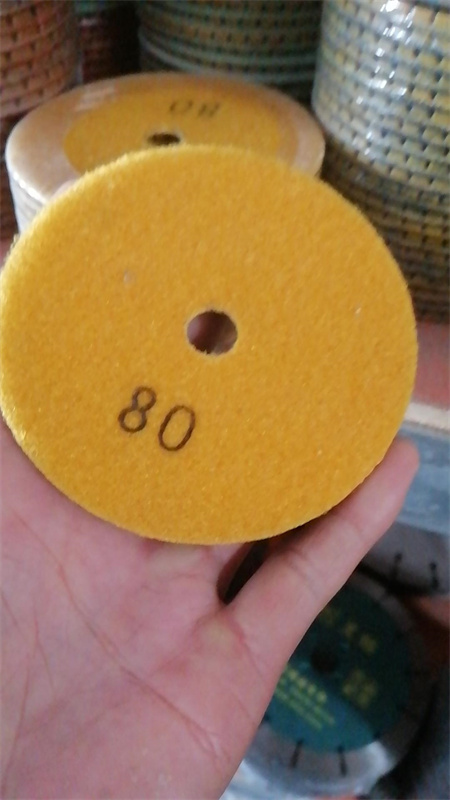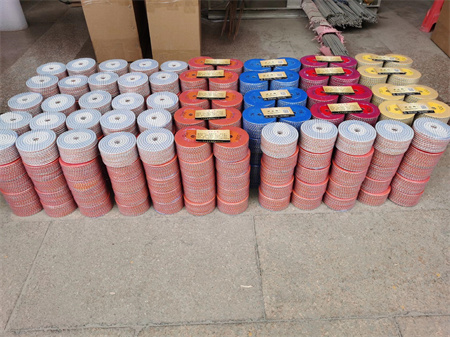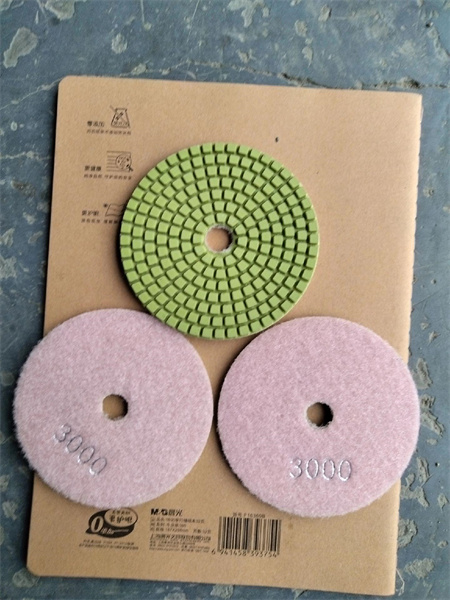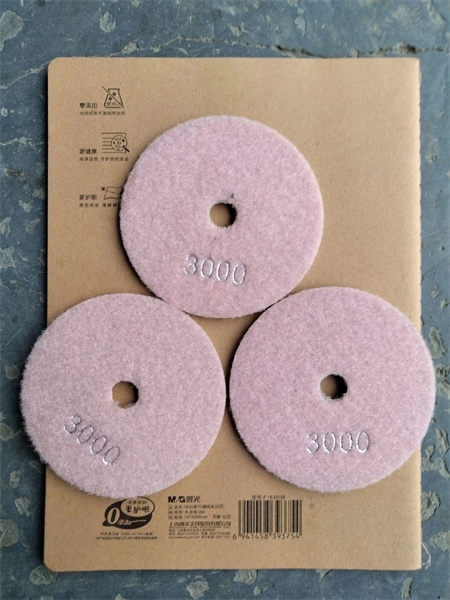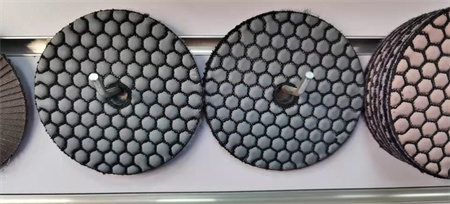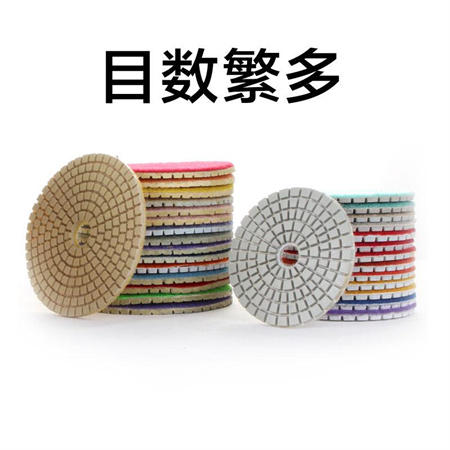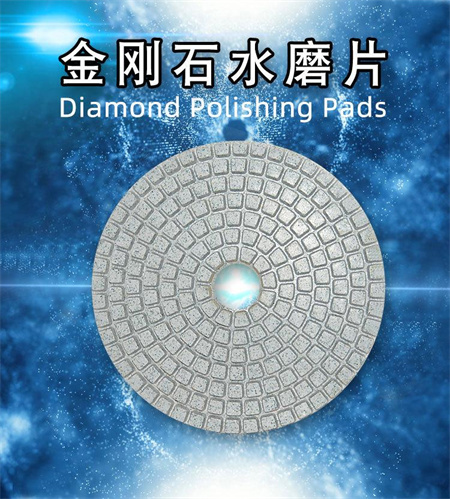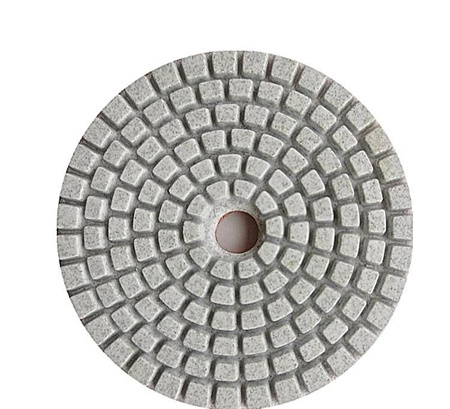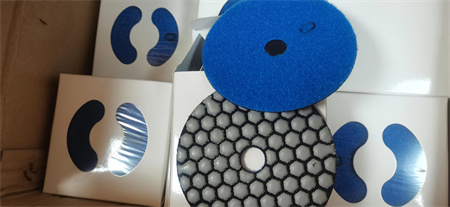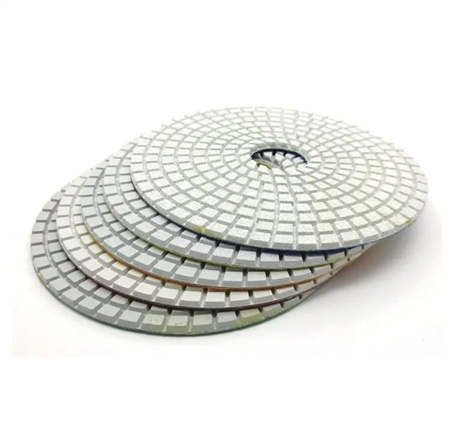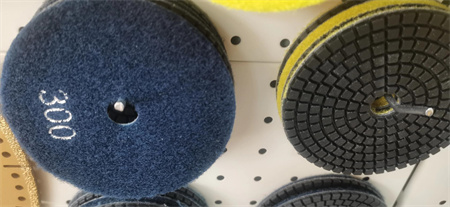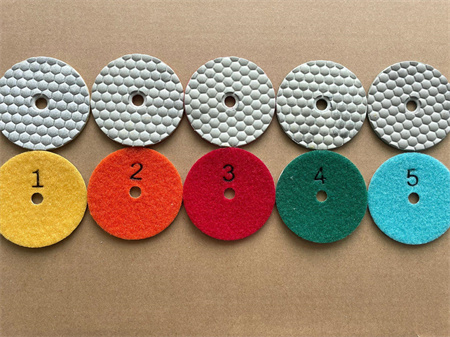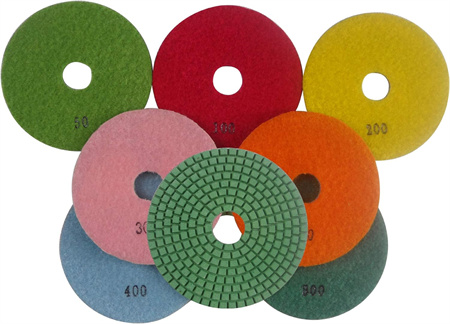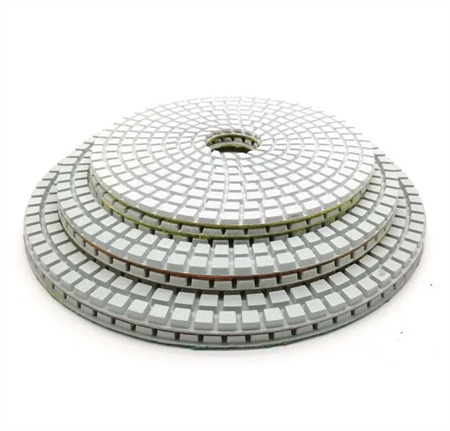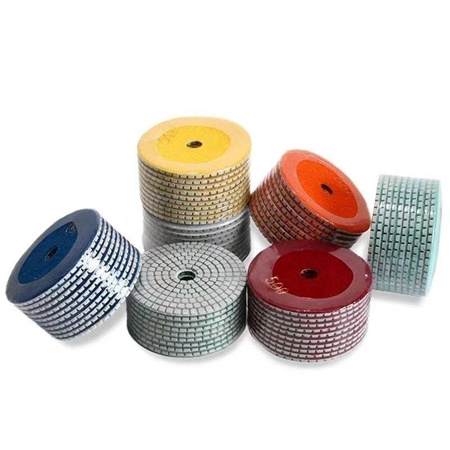Choosing the Right Pad Size for Various Polishing Tasks
When it comes to achieving a flawless finish, whether on concrete floors, marble countertops, or granite surfaces, selecting the right size of polishing pad is crucial. At our diamond polishing pad manufacturing company, we understand that choosing the right pad size can make a significant difference in your polishing tasks. This guide aims to help you navigate through the various options available and select the most suitable pad size for your specific needs.
Understanding Pad Sizes
Polishing pads come in a range of sizes, typically from 4 inches to 7 inches in diameter. Each size serves a different purpose and offers unique advantages depending on the task at hand. Here’s a breakdown to help you decide which pad size is best suited for your polishing project:
1. 4-Inch Pads:
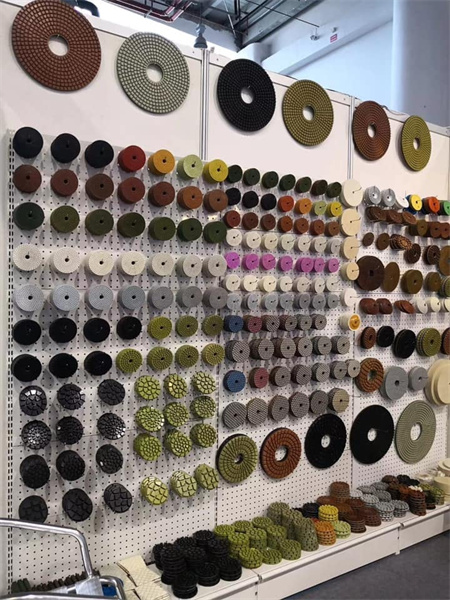
2. 5-Inch Pads:
A versatile option, 5-inch pads strike a balance between size and efficiency. They are suitable for a variety of polishing tasks, including both small and medium-sized surfaces. These pads are often favored by professionals for their ability to cover more area than smaller pads while still allowing for detailed work. They work well on concrete, granite, and marble surfaces, making them a popular choice among importers and wholesalers.
3. 6-Inch Pads:
Larger pads like the 6-inch size are perfect for covering larger surfaces quickly. If you’re working on expansive areas such as concrete floors or large countertops, a 6-inch pad can help you complete the job more efficiently. These pads offer excellent surface coverage and can reduce polishing time, making them ideal for bulk tasks.
4. 7-Inch Pads:
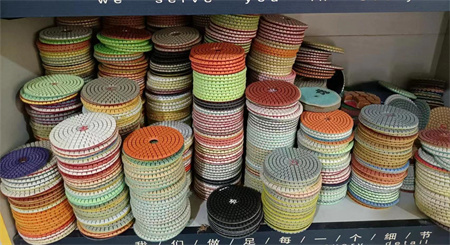
Factors to Consider When Choosing Pad Size
Selecting the appropriate pad size goes beyond just matching it to the surface area. Here are several key factors to consider:
1. Surface Type and Condition:
Different surfaces require different approaches. For example, polishing delicate marble might necessitate a smaller pad to avoid over-polishing, while a larger pad might be more suitable for rugged concrete floors. Assessing the surface condition and type will help determine the optimal pad size.
2. Polishing Machine Compatibility:
Ensure that the pad size is compatible with your polishing machine. Machines come in various sizes and configurations, and using the right-sized pad will ensure optimal performance and avoid any damage to the equipment or surface.
3. Project Scope:
Consider the scope of your project. For large-scale projects, larger pads can cover more area, reducing the time and effort required. Conversely, smaller pads are better suited for precision work.
4. Efficiency and Time:
Larger pads generally cover more surface area and can be more efficient for extensive polishing tasks. However, they might not be as effective for detailed or intricate work. Balancing efficiency with precision is key to achieving the desired results.
Keyword Integration for Better Search Visibility
To enhance the visibility of this article and attract potential clients, it’s important to incorporate relevant keywords throughout. Here are some effective keywords and phrases related to diamond polishing pads and their applications:
– Diamond polishing pads
– Concrete polishing pads
– Marble polishing pads
– Granite polishing pads
– 4-inch diamond pads
– 5-inch polishing pads
– 6-inch polishing pads
– 7-inch diamond pads
– Industrial polishing pads
– Wholesale diamond pads
– Polishing pad manufacturer
– Bulk diamond polishing pads
– Polishing pad distributor
– Professional polishing equipment
By integrating these keywords strategically into your content, you can improve search engine rankings and attract a broader audience of importers, wholesalers, and retail stores.
Conclusion
Choosing the right pad size for polishing tasks is essential for achieving the best results. Whether you’re working with small, detailed areas or large, expansive surfaces, selecting the appropriate pad size will enhance efficiency and ensure a high-quality finish. At our diamond polishing pad manufacturing company, we offer a wide range of pad sizes to meet various needs. By understanding the advantages of each size and considering the factors mentioned, you can make an informed decision and optimize your polishing process.
